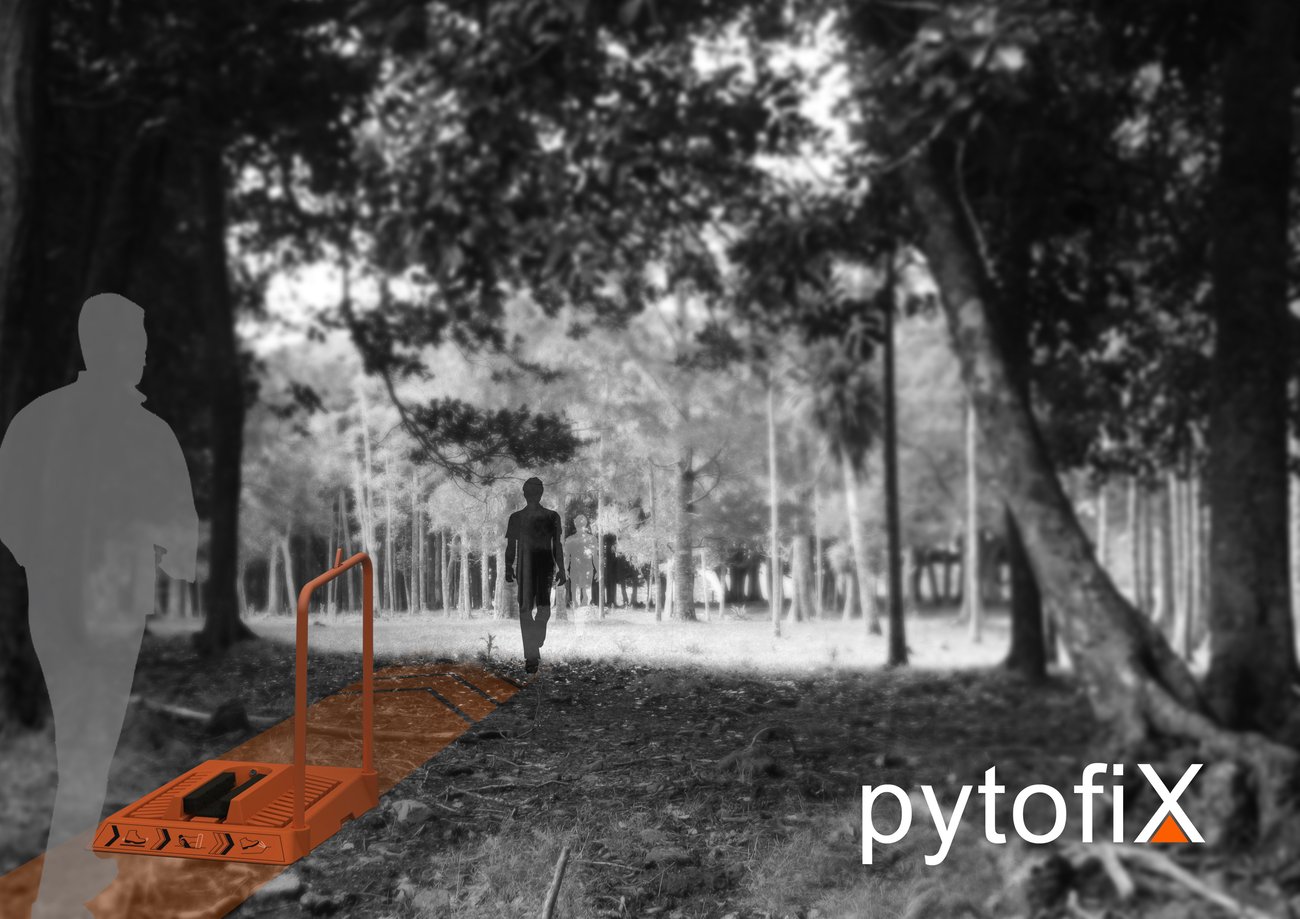Preventing kauri dieback: the quick and efficient system to clean your boots designed by an AUT student

Our native kauri tree is undergoing a bit of a crisis.
A deadly fungal disease, kauri dieback, spread by movement of spores, is estimated to have killed thousands of trees.
Current methods to curb the spread of the disease are the bane of bushwalkers’ existence.
The awkward dance of scrubbing and spraying your shoes while scrambling for something to hold onto for balance, often leaves users disgruntled – or makes them skip the boot-cleaning stations altogether.
A 2013 Auckland Council’s peoples panel survey found only slightly more than half of participants (55%) actually used the current boot cleaning stations. Over a quarter (27%) said they didn’t even know the stations were there.
Amanda Walker, a 21-year-old AUT Industrial Design and Innovation student, has created a new design for a boot cleaning station that could replace the ones currently in place.

Amanda Walker
The station resembles a treadmill, so walkers can step on it, clean each boot and keep walking in one fluid motion. It also has a handrail for stability – something lacking in current stations.
The process is as follows: users insert their foot into an area with bristles that scrub both the bottom and the side of the foot at the same time. They then pull a lever, which sprays Trigene – a natural disinfectant – on the boot. The process is over in a matter of seconds.
The idea was born out of a uni assignment where Walker asked walkers why they weren’t cleaning their boots using the stations. People said they were easy to miss and hard to use.
“People found the current stations too time-consuming. So they’d do a quick scrub, but they might not spray their boots or they’d spray them but not scrub them, when both those steps are needed to actually make the process work.” And Walker’s new design is bright orange, so it’s hard for bushwalkers to miss.
She says the station’s user friendliness extends to rangers; the unit is easy for them maintain and transport around.
Walker was awarded a $5000 grant as a runner up in the WWF New Zealand Conservation Innovation Awards.
The money will go towards trialling more of her prototypes in the field.
She says the judges were impressed with the potential for the same sort of boot cleaner to be used in kiwifruit orchards at risk of the vine disease PSA – and even in dairy and food industries. In fact, use in kiwifruit orchards may prove the easiest way to get her prototype off the ground, Walker says.
“Kauri dieback is a funded area of the council that doesn’t have much money going towards it, whereas owners of orchards have thousands of dollars; its one of our main exports. They have the money I could put into developing it further.
“I’ve spoken to people who own orchards and it’s definitely a real problem. They would love something that would allow them to easily clean their boots.”
The idea was born out of a uni assignment where Walker asked walkers why they weren’t cleaning their boots using the stations. People said they were easy to miss and hard to use.
The Government committed $26.5 million to fight kauri dieback in the 2014 budget, with the money destined for 100 km of new walking track and 300 more hygiene stations in North Island kauri forests.
However, the current stations are low-cost and easy to maintain, so Walker says officials want to be certain her design is a more effective option before they put money towards it.
A life-size, earlier version of the model was tested in the field but there were issues with it, such as the Trigene sprayer leaking. Walker only has a miniature-sized model of the current station, so the next step is making a full-size version to test.
“It would be tested through video footage so we could see how people use it and interact with it. We’d be able to see if it uses more Trigene and how often it needs to be seen by a DOC worker, so it can be compared to the current stations’ costs and see what outweighs what.”




